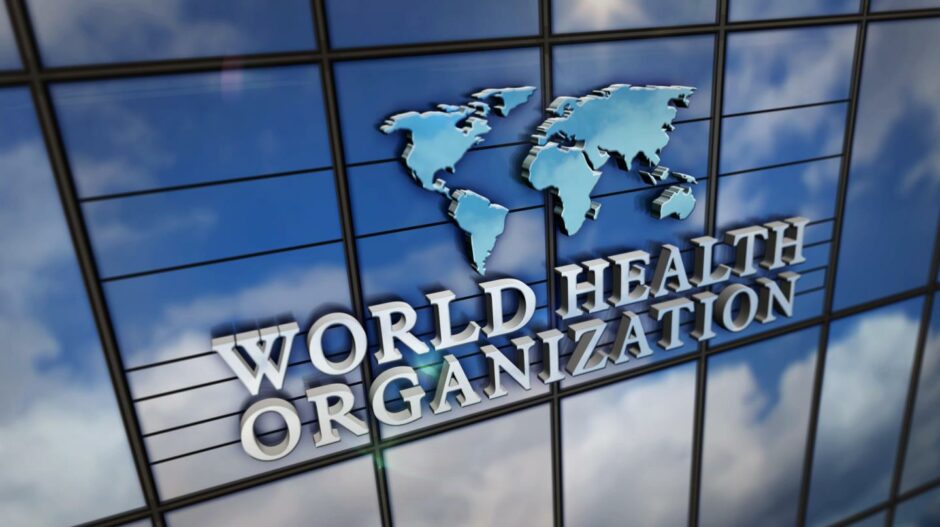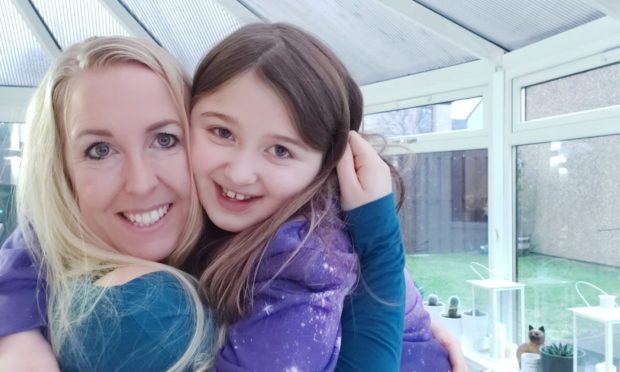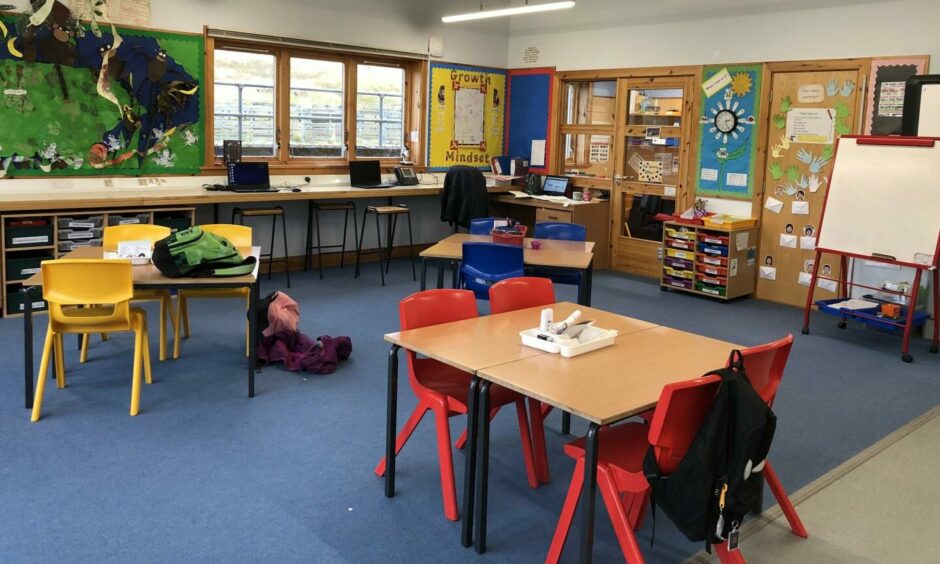Parent groups across Scotland have come together to demand “immediate action to protect children” from Covid in schools.
A letter from Long Covid Kids, Zero Covid Scotland, Clean Air for Class and Better Indoors cited record numbers of positive cases among pupils this term.
And they claim that Scotland is falling behind school safety standards set by the World Health Organisation.
An Aberdeenshire mum whose daughter was hit by long Covid is among those fighting for more resources.
The charities say record numbers of children are getting Covid and are demanding dramatic changes at Scotland’s schools.
The groups are asking for improvements from better ventilation to the return of self-isolation for classroom contacts.
Long struggles with long Covid
Long Covid Kids spokeswoman and trustee, Aberdeenshire mum Helen Goss, has been fighting for more resources to treat long Covid.
When Covid hit her family in April of last year, everyone escaped the most severe symptoms. But then, about four weeks after they thought they were in the clear, her eight-year-old daughter developed severe, lingering symptoms.
Ms Goss and the other parent representatives want to change the way we discuss Covid-19 and children. In their letter, the group says there is a tendency to discuss Covid-19 cases in children in the extremes – either ‘mild’ or fatal.
But that not only trivialises the symptoms of sick children, they said. It also runs the risk of ignoring the effects of long Covid.
Is Scotland lagging behind WHO?
The four advocacy groups called for “immediate action to protect children.”
They say Scottish school safety guidelines don’t meet guidelines created by the World Health Organisation.

The WHO recommends that students keep to one-metre social distancing in and out of class. When it comes to masks, the WHO has different guidelines for different age groups:
- Children older than 12 should follow the rules for adults
- Mask-wearing in children between 6-12 should be based on associated risks. These include underlying conditions and whether masks will disrupt learning.
- There should be no mask requirements for children younger than 5.
In Scotland, the current government guidelines exempt children under 12 from mask requirements.
What is the government’s response?
A spokesperson for the Scottish Government said that current guidelines combine education and safety concerns.
They said the current safety “mitigations” are “based upon expert public health and clinical advice” and were developed with the Covid-19 Education Recovery Group.
They added: “Our aim throughout the pandemic has been to ensure continuity of learning while also protecting the health of pupils, the workforce and their families.”
Covid-19 spike accompanied Autumn term
The parent groups also presented data from Public Health Scotland which shows a recent spike in cases.
44,953 children younger than 15 have tested positive for Covid-19 since classes resumed in August.
That’s close to half of the 88,014 positive cases in that age group since the start of the pandemic.
The parent groups believe the changes in self-isolation rules and late adoption of a vaccine program for 12- to 15-year-olds contributed to the recent spike in Covid-19 cases in schools. They called for “urgent action” to make schools safer.
“Our concerns are well-founded, and to be advised “not to worry” is dismissive, patronising, and ineffective. We want to keep schools open and for our children to access education and socialise with peers, however, we believe that not enough is currently being done to reduce the likelihood of them becoming infected with SARS-CoV-2 in the classroom.”
Long Covid: The stats
They cite a recent study that shows that up to 14% of young people who tested positive for Covid-19 may still have symptoms 15 weeks later.
In order to prevent young people from suffering the effects of Long Covid, the parent groups say Scotland should implement school Covid safety measures similar to those in other countries.
“[O]ther countries have shown that it is possible to open schools safely during the pandemic, using multi-layer protections including masks, ventilation, social distancing where possible, bubbles, testing and self-isolation of contacts as well as those infected.”
Being told not to worry is not enough
This year, new public health guidance means that classroom “bubbles” don’t have to isolate when a classmate tests positive.
An NHS Grampian spokeswoman said that because community cases are so widespread, it is difficult to know whether isolating classroom contacts is curbing the spread or just a disruption to learning.
Locally, a group of parents in Aberdeenshire voiced concerns that children who had been exposed were not having to isolate.
It triggered some to keep their children at home, against health guidance, because they felt school Covid safety measures weren’t enough.
Across the area, dozens of parents did the same.
Read more from the Schools and Family team
Anxiety-busting app to help kids struggling with classroom adjustments
Teachers at lower risk of severe Covid-19 last year, study finds
Bubbles, pings and masks: 2021-2022 school Covid-19 safety guidance explained

